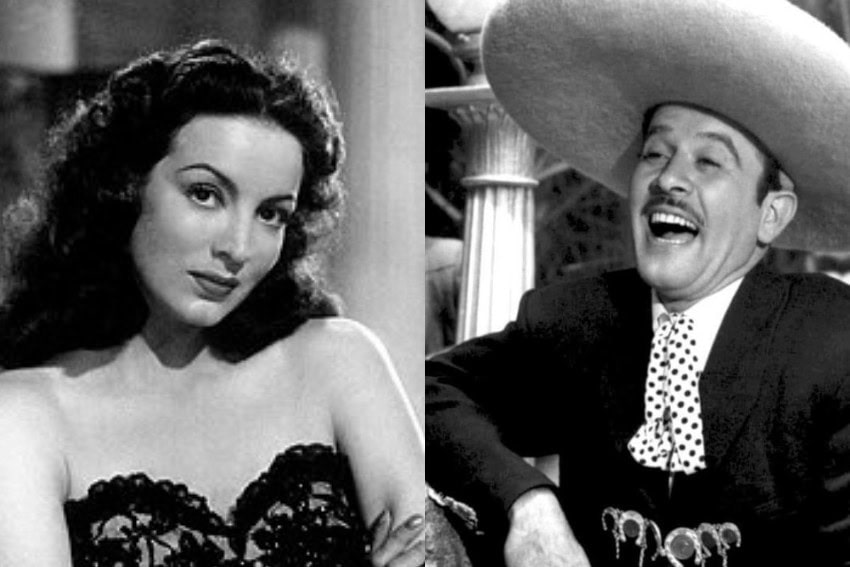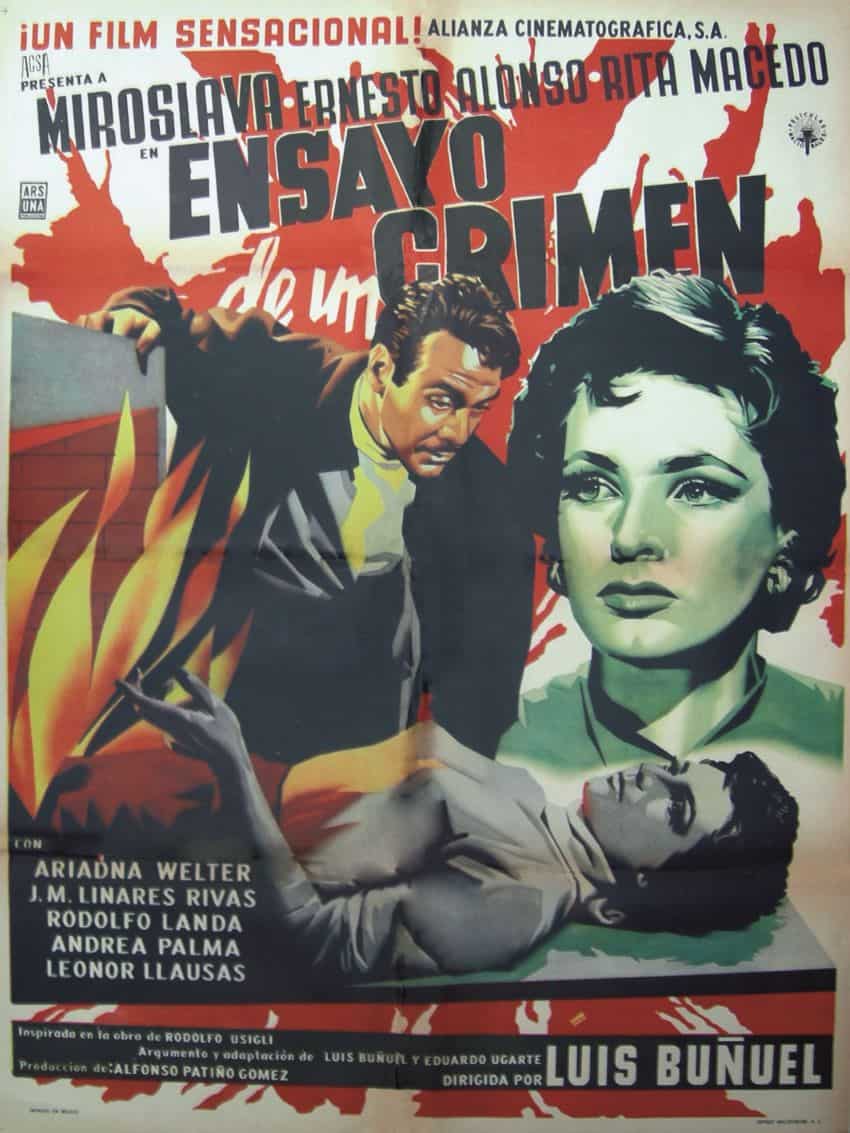There was a time when Mexico made movies better than just about anybody. Mexico calls it La Época de Oro, the Golden Age, which makes it sound like everyone involved was rich and handsome and having a hell of a time. Some of them were. But most of them were sweating under hot lights in makeshift studios, turning heartache and tequila into art, because that’s what you do when history won’t let you take a break.
La Época de Oro started in the 1930s and ran through the 1950s, when the world was still recovering from one war and preparing for another, and Mexico was doing what it did best: improvising. The country had just figured out how to have a revolution without immediately falling apart, which was no small feat. Meanwhile, Hollywood got distracted by World War II and rationing celluloid, so Mexican filmmakers stepped in, scooped up the talent and got to work.

This was a time when movies meant something, when people packed into theaters to watch larger-than-life characters drink, fight, cry and sing. And sing they did. Ranchera music filled the soundtracks, swelling with violins and heartbreak because no self-respecting Mexican movie could get through an hour and a half without somebody singing about how love had ruined their life.
The leading men were the kind of guys who looked like they could fix your car, break your nose and steal your girlfriend all in the same afternoon. Pedro Infante, Jorge Negrete and Cantinflas — men so famous in Mexico that if you walked into a bar and said their names, someone would buy you a drink just for having good taste.
Pedro Infante was the heartbreaker, the motorcycle-riding, silver-throated charmer who could cry on cue and make the whole country weep with him. He played the kind of men who fought for love and lost, but lost beautifully. He died too young, of course — his plane went down in 1957 — and half the country wore mourning black like they’d lost a brother.
Jorge Negrete was different. He was a trained opera singer who looked like he could win a duel just by raising an eyebrow. If Pedro Infante was the guy you fell in love with, Jorge Negrete was the guy you married if you had any sense. He had dignity, presence and the kind of voice that made people straighten their backs when they heard it.
Then there was Cantinflas. No one really knew what he was saying, but it was hilarious. He could talk circles around anyone, slipping between nonsense and genius so fast that even politicians feared him. Charlie Chaplin called him the best comedian alive, and Charlie Chaplin knew a thing or two about comedy. Cantinflas made fun of everyone, but somehow everyone still loved him.
The movies themselves were something else — part melodrama, part social commentary, part wish-fulfillment. There were the charro films, where men in wide-brimmed hats and silver-buttoned jackets rode horses, played guitars and shot each other over women. There were the cabaretera films, smoky and tragic, where women in tight dresses sang their sorrows in dimly lit nightclubs before inevitably making a bad decision involving a man with a mustache.
And then there was María Félix, “La Doña” (The Lady), who didn’t just play strong women — she was a strong woman, with a glare that could kill a man at 20 paces and a mouth that could bury him right after. She turned down Hollywood because she didn’t want to play maids or mistresses. In Mexico, she was royalty, and she made sure everyone knew it.
But nothing golden lasts forever. By the late 1950s, television was eating away at cinema’s audience, and the government — always quick to ruin a good thing — tightened its grip on film production. The studios, once bursting with talent and ideas, became mediocrity factories. The world moved on.

Yet, here’s the funny thing about the Golden Age of Mexican Cinema: it can start, end and start again. There are plenty of modern examples of Mexican greatness in movies, my favorite being “Y tu mamá también” because I’m a sucker for a good road trip flick. The ghosts of Golden Age films linger in black and white, forever singing, forever suffering, forever golden. And forever inspiring a new generation of filmmakers.
What’s your favorite Mexican movie?
Stephen Randall has lived in Mexico since 2018 by way of Kentucky, and before that, Germany. He’s an enthusiastic amateur chef who takes inspiration from many different cuisines, with favorites including Mexican and Mediterranean.
